Sewing is a timeless and rewarding craft that allows you to unleash your creativity and design your own clothes. Whether you’re a complete novice or have some basic sewing skills, this beginner’s guide will walk you through the essential steps to get started with sewing your own clothes. From choosing the right sewing machine to developing your sewing skills and creating your own unique garments, you’ll discover the exciting world of garment sewing.

Getting Started with Sewing
Sewing requires a set of essential tools and materials to ensure you have a smooth sewing experience. Some of the must-have items include:
- Sewing Machine: A sewing machine is the heart of your sewing studio. There are various types of sewing machines available, so choose one that suits your needs and budget.
- Fabric Scissors: High-quality fabric scissors are crucial for cutting fabric precisely.
- Measuring Tape: Accurate measurements are key to sewing clothes that fit perfectly.
- Seam Ripper: Mistakes happen, and a seam ripper will become your best friend for undoing stitches.
- Pins and Needles: These are used for holding fabric pieces together and sewing by hand when necessary.
- Thread: Choose the right thread color to match your fabric.
- Pinking Shears: These specialized scissors prevent fabric edges from fraying.
- Rotary Cutter and Mat: Useful for cutting straight lines and pattern pieces.
- Bias Tape: A versatile tool for finishing seams and edges.
Before you start sewing clothes, you need to master some basic sewing techniques. Practice sewing straight lines, curves, and corners on scrap fabric to get comfortable with your sewing machine. Additionally, learn about seam allowances, backstitching, and using a slip stitch for neat finishes.
Best top dissertation writing services cater to students needing essay writing assistance. It provides pedagogical support, professional insights, and thorough feedback, focusing on strengthening their writing prowess and topic mastery. This service is crucial for academic development and improving grades.
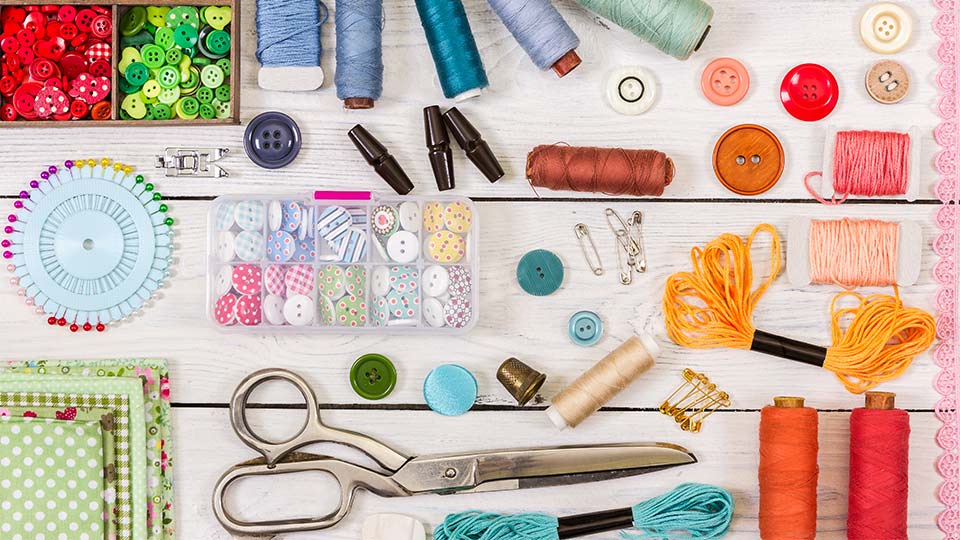
Essential Tools and Materials
Now that you have gathered all the tools and materials you need, it’s time to explore them in more detail. Choosing the right sewing machine is crucial for your sewing journey. If you’re just starting, look for beginner-friendly machines that offer essential features without overwhelming you with advanced options. Make sure to read reviews and seek recommendations to find a reliable sewing machine that suits your needs. Understanding different fabrics is essential for sewing success. Fabrics can be categorized into two main types: woven fabrics and knit fabrics. Woven fabrics, such as cotton, linen, and denim, have little stretch and are perfect for structured garments. Knit fabrics, like jersey and spandex, have more stretch and are suitable for comfortable, form-fitting clothing. Selecting the right fabric for your project is crucial. Consider factors such as the garment’s purpose, season, and your personal style. Start with lightweight fabrics for beginner projects as they are easier to work with.
Moreover, Writepaper prides itself on its commitment to deadlines. They understand the importance of timely submissions in the academic world and make it their priority to deliver every paper on or before the agreed-upon deadline.

Choosing the Right Sewing Machine
Your sewing machine is your most valuable tool when it comes to sewing your own clothes. If you’re a beginner, it’s advisable to start with a basic sewing machine designed for newcomers. Look for machines with easy-to-understand controls and straightforward stitching options. As you gain experience, you can upgrade to a more advanced sewing machine with additional features. Consider the type of sewing you want to do. Are you interested in making clothing, quilting, or embroidery? Different sewing machines cater to various needs, so choose one that aligns with your goals. For sewing clothes, a basic sewing machine with straight and zigzag stitches is usually sufficient. Before making a purchase, read online reviews and seek recommendations from experienced sewists. It’s also a good idea to visit a local sewing machine store and test out different models. This hands-on experience will help you gauge how comfortable you are with the machine’s features and controls.
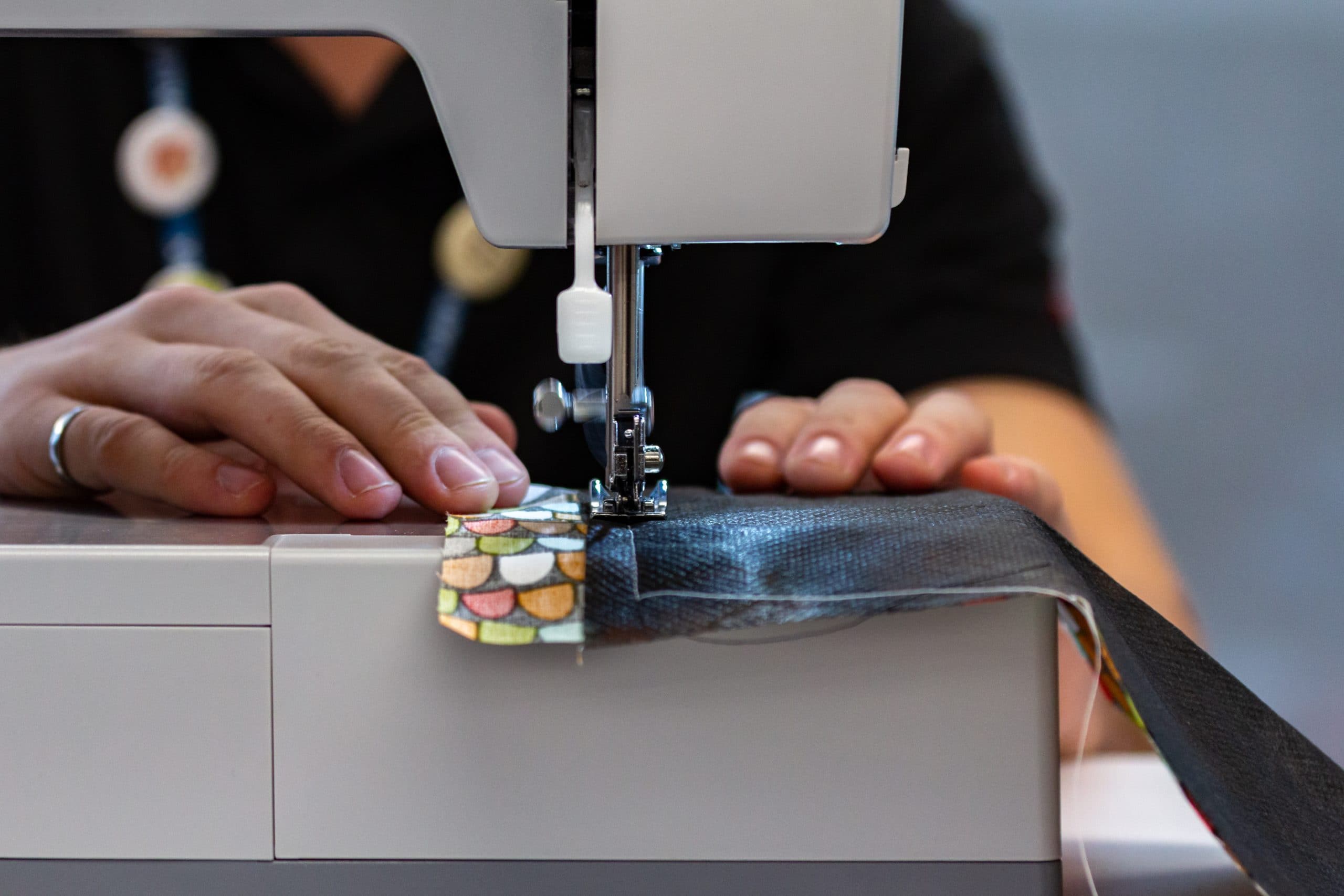
Finding and Using Sewing Patterns
Sewing patterns are templates that guide you in cutting and sewing fabric pieces to create a specific garment. Here’s how to find and use sewing patterns effectively:
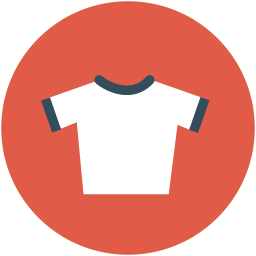
Explore Pattern Options
There is a wide variety of sewing patterns available, catering to different styles, skill levels, and sizes. Look for beginner-friendly patterns that come with clear instructions and minimal pattern pieces. As you gain confidence, you can explore more complex designs.

Take Accurate Body Measurements
Before selecting a pattern size, take accurate body measurements. Patterns are typically sized based on standard measurements, so it’s essential to choose the size that matches your measurements for a well-fitting garment.

Follow Instructions Carefully
Sewing patterns come with detailed instructions that guide you through each step of the sewing process. Take your time to read and understand the instructions before you start cutting and sewing. Following the pattern’s guidelines ensures a successful outcome.

Developing Your Sewing Skills
As a beginner, it’s important to recognize that sewing is a skill that improves with practice. Beginner projects, such as a basic A-line skirt or a box top, are great for honing your sewing skills. These projects typically involve minimal pattern pieces and straightforward sewing techniques, making them ideal for learning. The sewing world is full of valuable resources to help you learn and improve. Invest in sewing books that cover essential skills and techniques. Additionally, explore online tutorials, blogs, and sewing forums where you can find tips, tricks, and guidance from experienced sewists. Consider taking sewing classes or workshops in your area or online. Learning from a skilled instructor can accelerate your learning process and provide hands-on guidance.
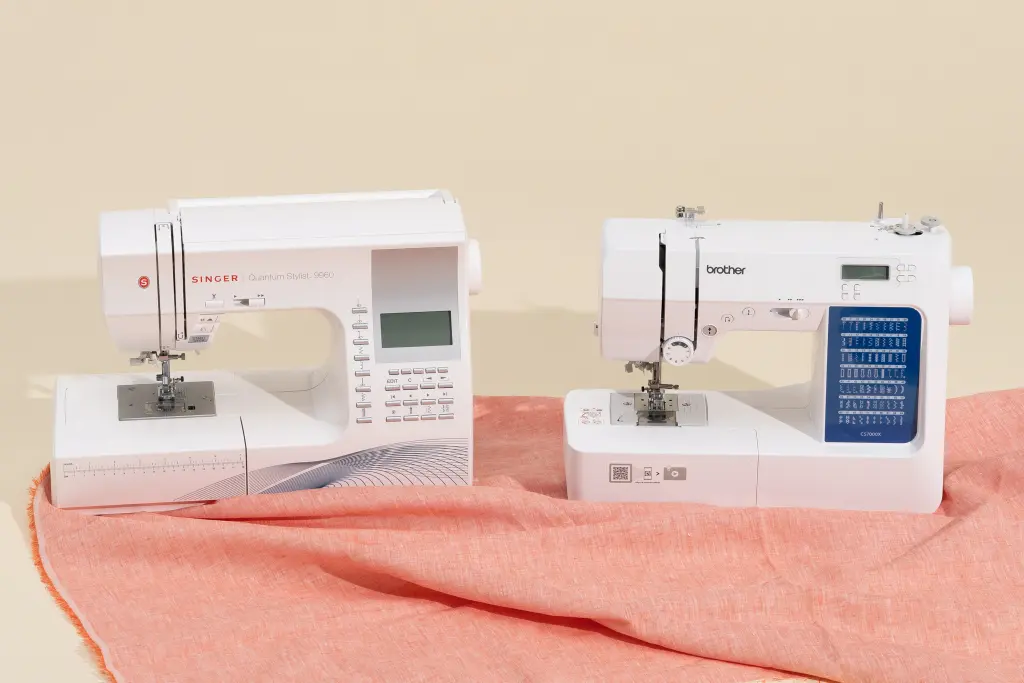
Creating Your Own Clothes
Once you’ve built confidence in your sewing skills, it’s time to unleash your creativity and start making clothing that reflects your style. As you become more experienced, you may want to create your own patterns. This allows you to design unique garments tailored to your preferences. Start by sketching your ideas and then draft your pattern using pattern-making techniques. Don’t be afraid to experiment with different fabrics to create a variety of garments. Each fabric has its own characteristics and drape, which can influence the look and feel of your finished garment. The key to sewing your own clothes successfully is in the details. Take your time to press seams, finish edges with techniques like French seams or bias tape, and ensure that your garment sewing techniques are neat and precise.
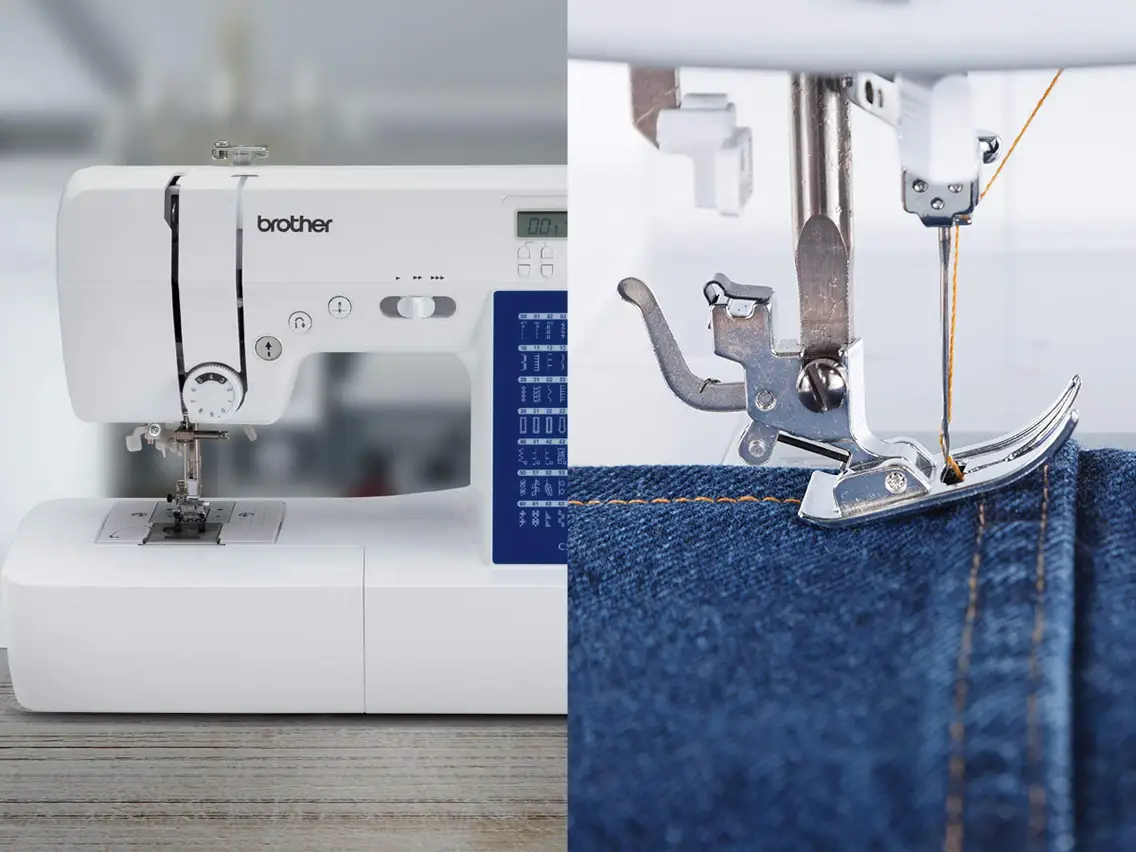
Tips and Tricks for Successful Sewing
As you continue to sew your own clothes, keep these tips and tricks in mind for a more enjoyable and successful sewing experience:
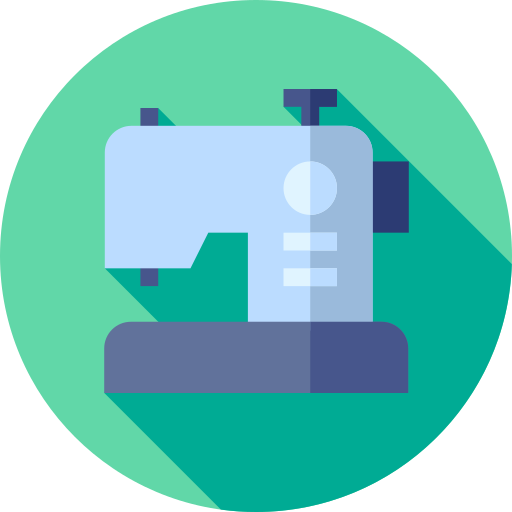
Stay Curious and Keep Learning
Sewing is a lifelong learning process. Stay curious and explore new sewing techniques, fabrics, and patterns. The more you experiment, the more your skills will grow.

Take Care of Your Sewing Machine
Regular maintenance of your sewing machine is essential to keep it in good working condition. Clean the machine, change needles, and oil it as recommended in the manual.

Don’t Fear Mistakes
Mistakes are part of the learning process. If you make a sewing error, use your seam ripper and try again. Embrace the learning opportunity each mistake provides.

Enjoy the Journey
Sewing your own clothes is not just a means to an end – it’s a creative and enjoyable journey. Revel in the satisfaction of creating something with your own hands.